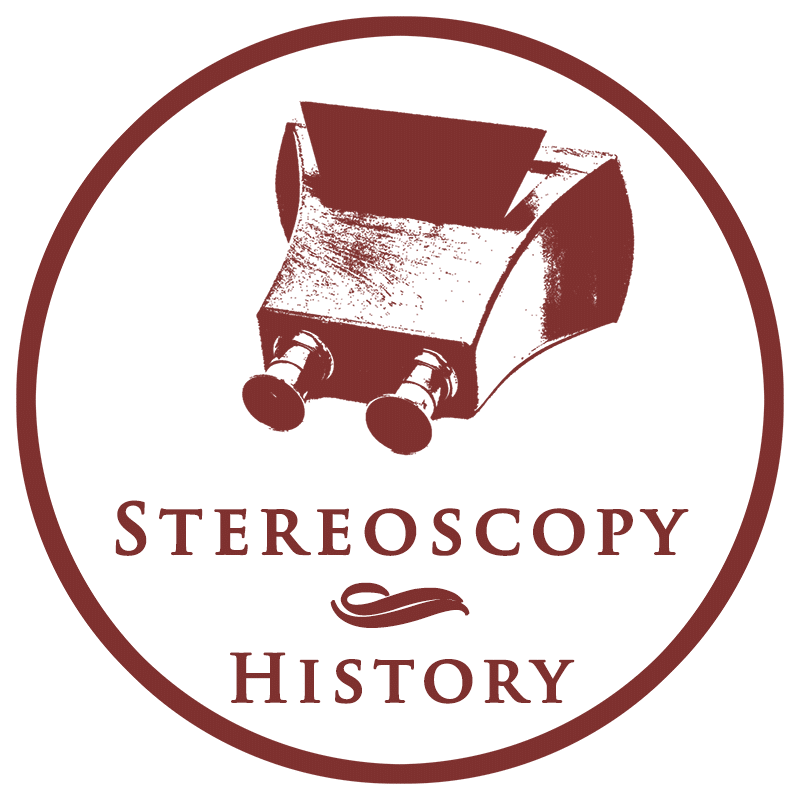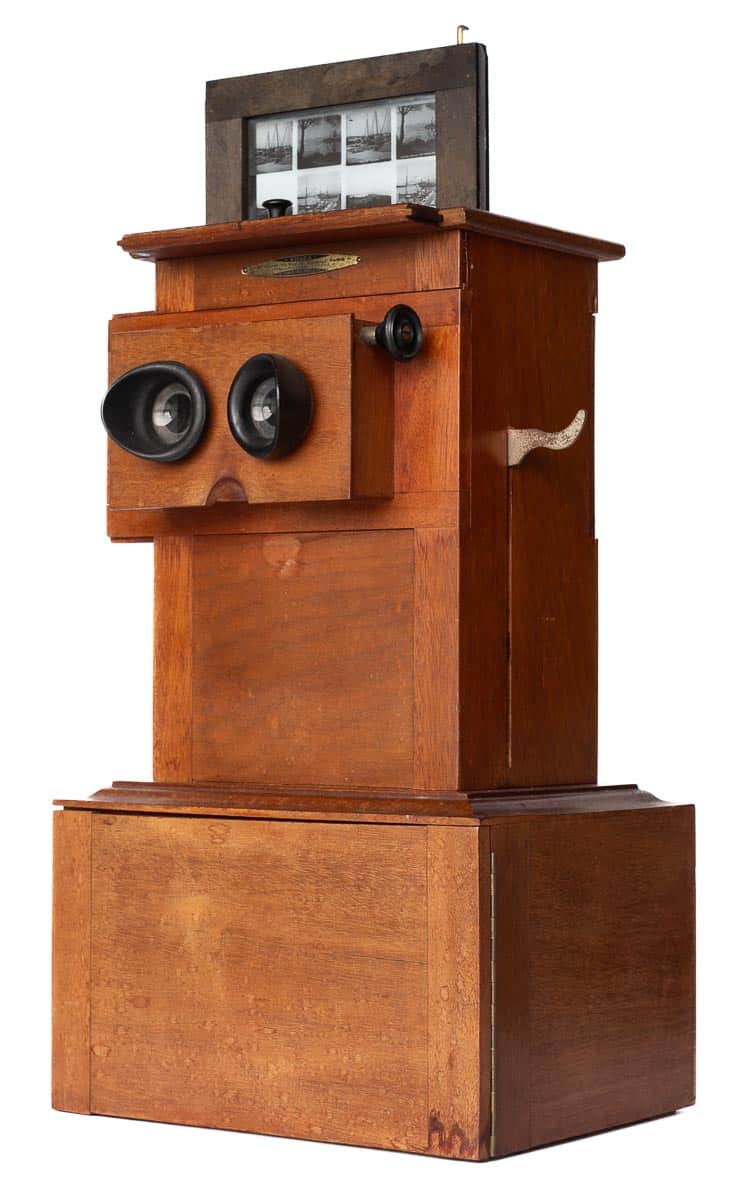
The Educa is a unique stereoscope for educational purposes that was designed and manufactured by Mattey. The viewer belongs to the last generation of French multi-view stereoscopes that were introduced in the late 1920s. The name Educa refers to the company that sold the stereoscope and the accompanying stereoviews. Établissements Educa was a trademark or business unit of Fontaine et Cie. The company was established in 1926 and was located at 70, rue de l’Aqueduc in Paris1. The company was specialised in stereoscopes and scientific instruments. The Educa stereoscope was probably exclusively manufactured by Mattey for Établissements Educa, because the viewer did not appear in Mattey’s own catalogues.
The stereoscope and concept is unique. The stereoviews are printed on a glass slide of 13 x 18 cm. Each slide contains 24 black and white images, forming 12 stereo pairs, which are grouped into six rows. A lid at the top of the viewer can be slid open. A lever on the right side of the device is used to elevate the wooden holder, which enables the placement of the slide from the top. After placing the slide, the stereoviews in the bottom row can be viewed. The panel with the lenses can be moved to the left and to the right, allowing the viewing of both stereoviews in the row. Moving the lever downwards, lowers the glass plate and shows the stereoviews of the next row. The simple mechanism and oak wooden construction made the Educa very suitable for use in a classroom.
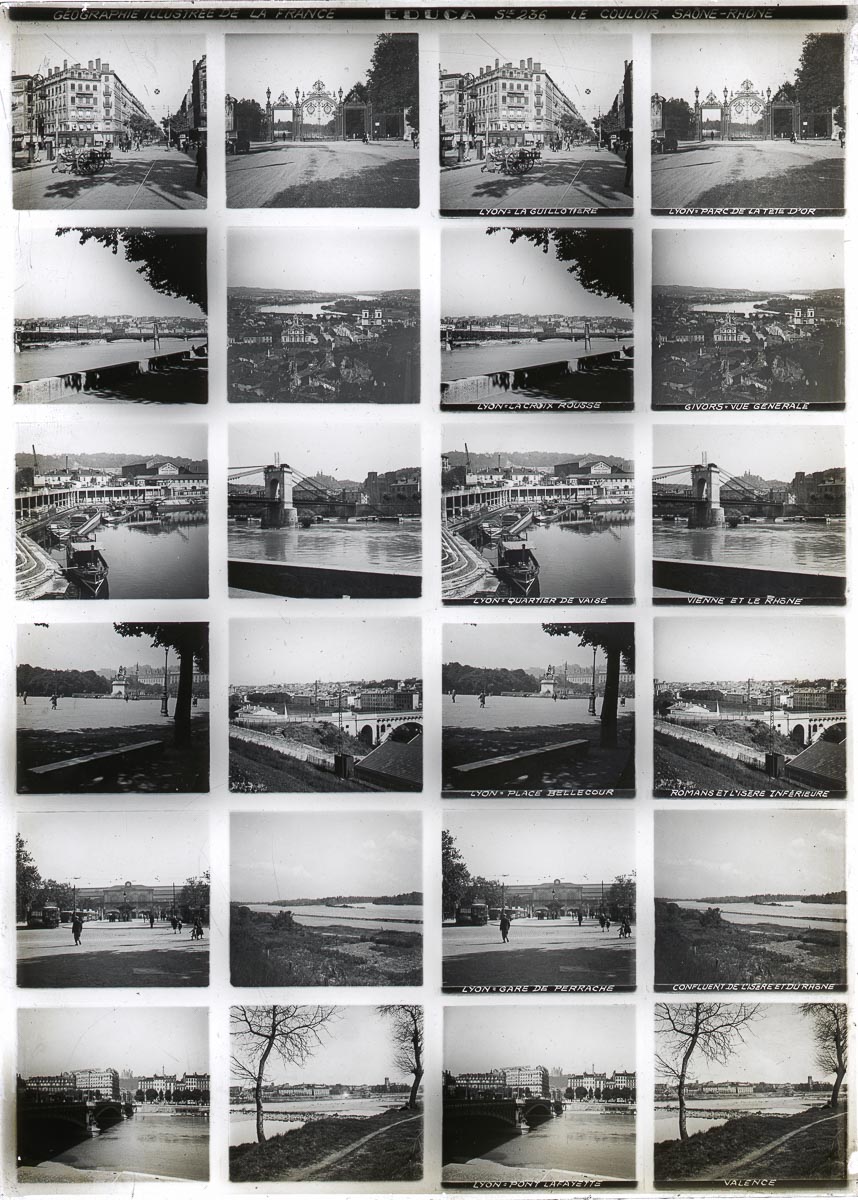
Educa 13 x 18 cm glass slide with 12 stereoviews
The stereoscope has a cabinet for storing 42 glass slides. This number corresponds to the (presumably) first 42 geographical series with the name “La France” that Educa published2. Several more series were subsequently added, including series with images of the First World War and French colonies. The series for the stereoscope were likely published exclusively by Établissements Educa.
The Educa is not a rare stereoscope nowadays and is regularly offered on auction sites. It shows that the concept was successful and the Educa was likely to be found in many French classrooms in the years before the Second World War.
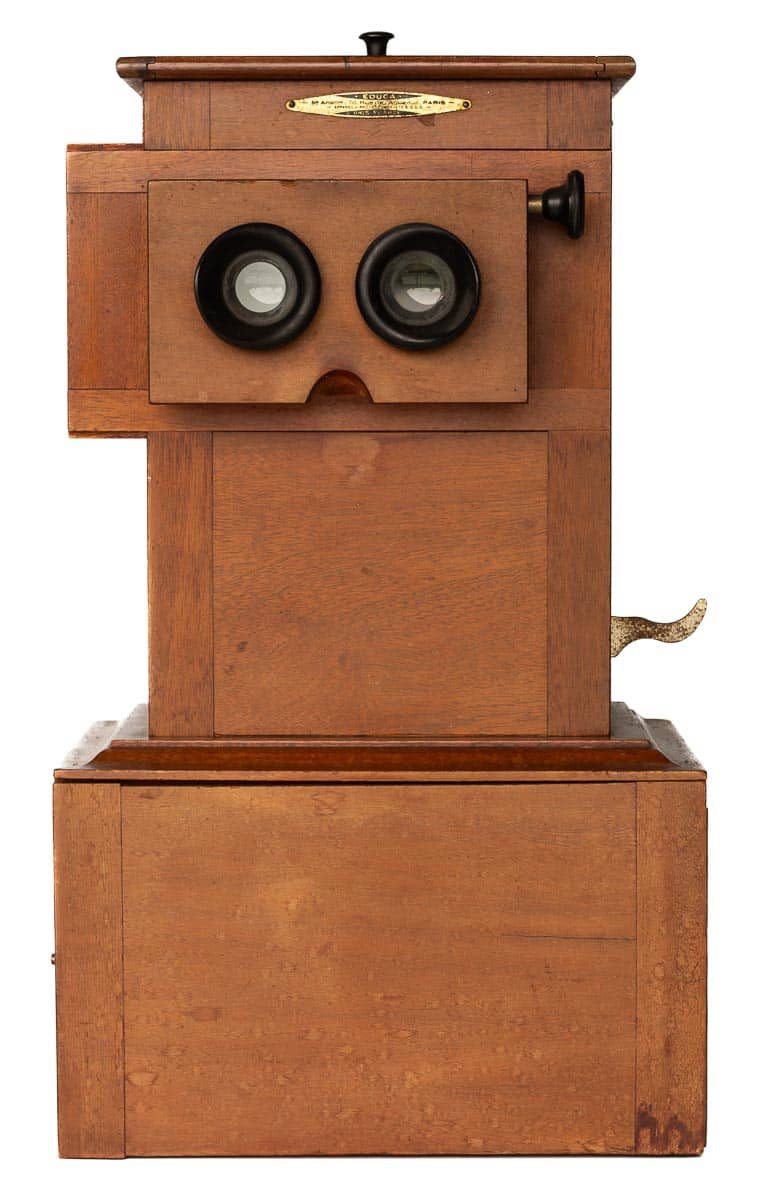
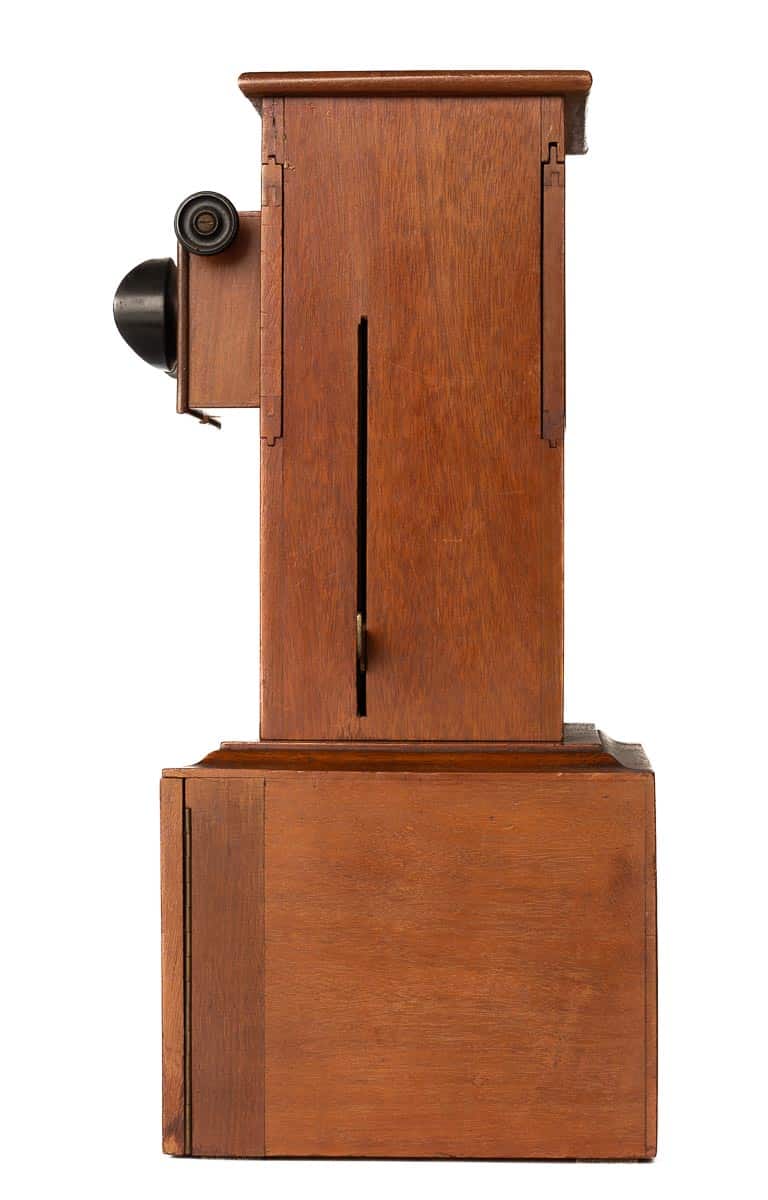
Specifications
| Manufacturer: | Stéréoscopes A. Mattey |
| Year of introduction: | 1926 |
| Year of manufacture: | 1926–1940 |
| Type: | Table-top |
| Viewer: | Multi-view |
| Mechanism: | Based on moving a slide up and down and shifting the lens panel from the left to the right. |
| Bidirectional navigation: | Yes |
| Serial number: | None |
| Stereoview support: | Glass |
| Stereoview format: | 28 x 60 mm |
| Number of slides: | One 13 x 18 cm slide with 12 printed stereoviews. |
| Lens focussing: | Yes |
| Inter-ocular adjustment: | No |
| Eyepiece blinders: | Yes |
| Dimensions (L x W x H): | 26.5 x 20 x 45 cm |
| Construction: | Oak |
| Other features: | A plate on the front shows Educa Unis France and Société Anonyme, 70, Rue de l’Aqueduc, Paris. |
Patent
| Number: | FR6175143 |
| Title: | Procédé pour le tirage de vues stéréoscopiques et appareil pour regarder ou projeter ces vues |
| Filing date: | 14-06-1926 |
| Publishing date: | 21-02-1927 |
| Applicant(s): | Albert Georges Mattey, Louis Jean Lavelle |
Glossary: inter-ocular adjustment / multi-view / tabletop
Mattey
Mattey was one of the leading manufacturers of stereoscopes in France. The company offered the widest range of stereoscopes of all manufacturers. The company was founded in 1872, but its expansion began with the establishment of Société Mattey père et fils on 31 December 1902. The names behind the company were André Élie Victor Mattey (1844–1919), and his son Albert Georges Mattey (1873–1940). Mattey’s business grew through acquisitions. The most important was the acquisition of Maison Legendre in 1902, which set the foundation for Mattey’s stereoscope business.
Société Mattey père et fils was dissolved on 1 January 1912, and the company was continued by Albert Georges as Stéréoscopes A. Mattey. The company was located at 208, Rue Saint-Maur in Paris from 1906 but moved to 15, Rue Clavel in 1936. After the Second World War, the company continued as Société des Anciens Établissements A. Mattey. Mattey’s products were also branded Unis France, a collective trademark to guarantee the French origin of high-quality products, made by different companies.
The complete story of Mattey
References
- Archives commerciales de la France (1926), p. 1372. Via: gallica.bnf.fr ↩︎
- Collection géographique “La France” en 42 séries de 12 vues, Educa catalogue ↩︎
- A. G. Mattey, L. J. Lavelle (1926) Procédé pour le tirage de vues stéréoscopiques et appareil pour regarder ou projeter ces vues. Via: data.inpi.fr ↩︎
